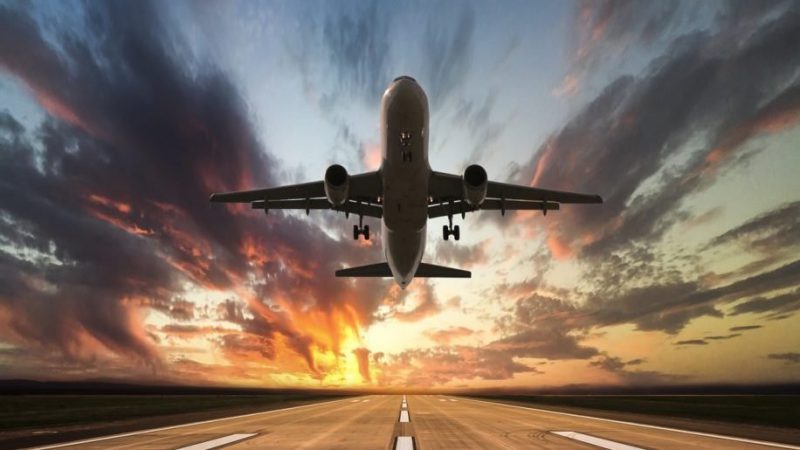US Air Travel to Make Full Recovery by Early 2022, says New Report
Study predicts U.S. could reach herd immunity by summer
April 7, 2021


Leisure travel in America will push the US domestic airline industry to a COVID recovery by early 2022, according to a new report from consulting firm Oliver Wyman.
“A year ago, we would have thought that a full domestic recovery in this timeframe for the US was almost impossible, but the combination of pent-up demand, economic stimulus, and access to vaccines is making a difference,” said Tom Stalnaker, a partner and global aviation practice leader at Oliver Wyman. “We are still far from a full recovery for the overall industry, but we expect some of the airlines to start turning cashflow positive in a matter of months, particularly in the US.”
According to the report, the International Air Transport Association (IATA) was predicting that the global aviation industry would not be cash positive until 2022, despite indications from a few airlines that their core operations could be cash positive sometime this year. In November, the association said it expected carrier losses to be an additional $38.7 billion cumulatively in 2021. That’s after losing $118.5 billion in 2020.
However, the rapidly increasing availability of vaccines and economic stimulus from the $1.9 trillion American Rescue Plan Act became two reasons for the increase in domestic leisure travel in the US. Both factors also happened to coincide with the timing of spring break across many states, which caused a spike in demand, although also opened the foretelling of another surge in hospital stays and deaths. Still, consumers are also looking forward to summer travel, and Oliver Wyman’s Pandemic Navigator is now predicting that the US will reach herd immunity by mid-June to early July — three to six weeks ahead of earlier forecasts.
Additional findings:
• In mid-March, US travel demand rose to more than 50 percent of 2019 levels, which is the highest it has been on a sustained basis since the start of the pandemic.
• The opposite is true with corporate and international travel, which is still down more than 80 percent from 2019. These segments of the market will not recover before 2023.
• The loss of business travel is a real challenge for some full-service airlines, because they depend on high-yielding customers to provide more than half of their profits and a third of revenues in major economies such as the US. To compensate for the loss of business and international travelers, full-service carriers are starting to sell more services a la carte, aimed at a broader customer base with different needs and less willingness to pay.
• An analysis of US Department of Transportation data reveals revenue per available seat mile (RASM) for full-service airlines fell 50 percent year-over-year in the second quarter of 2020, making it one of the darkest periods for US carriers. Meanwhile, the RASM for low-cost airlines fell 23 percent in the same three months. The third quarter of 2020 brought the performance of the two airline groups closer together, with full-service carriers declining 45 percent and low-cost carriers down 38 percent.
“The overall comeback of travel will depend on how fast nations get their populations vaccinated and standardize their health passport travel protocols and testing regulations.” Stalnaker said. “But make no mistake, the demand to travel is here and we don’t see it going away anytime soon.”




